Packaging design plays a vital role in the success of food and beverage products. In today’s competitive marketplace, it’s not enough to simply have a quality product. Your packaging must also be designed to catch potential customers’ attention and communicate your product’s value in a matter of seconds. Effective packaging design can create a strong brand identity, build consumer trust, and ultimately drive sales.
The Role of Packaging in Food and Beverage Marketing
Packaging design is an essential component of food and beverage marketing. It has the power to catch a consumer’s attention, create a strong brand identity, and communicate the value of a product in a matter of seconds.

Packaging design can affect consumer behaviour and purchasing decisions in many ways. For example, a product’s packaging can create a sense of perceived value. Consumers are more likely to purchase products they perceive as having a higher value, and packaging design can play a significant role in creating this perception.
Similarly, packaging design can help to differentiate a product from its competitors. In a crowded marketplace, a well-designed package can make a product stand out from the rest and attract the attention of potential customers.
Packaging design can also influence a consumer’s emotional response to a product. For example, packaging can evoke feelings of nostalgia, excitement, or luxury, depending on the design and messaging used. This emotional connection can create a sense of brand loyalty, leading consumers to choose a particular brand over its competitors.
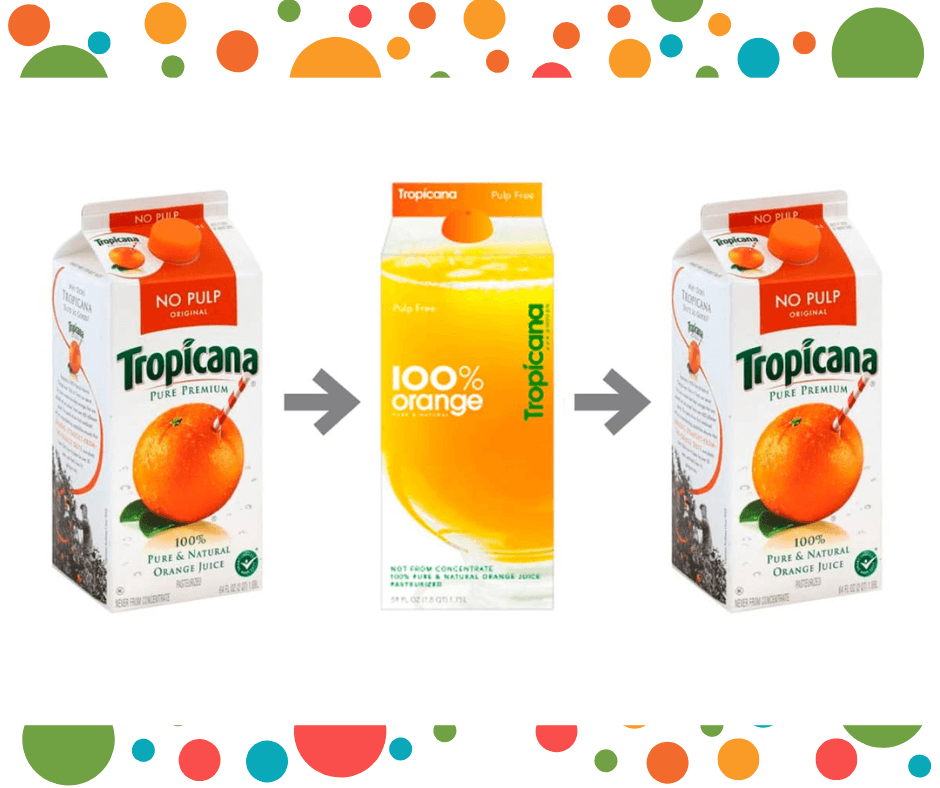
In 2009, Tropicana, a leading orange juice brand, decided to redesign its packaging to update its image and increase sales. However, the new packaging design was met with significant backlash from consumers.
The redesign removed the iconic orange with a straw and replaced it with a more modern and minimalistic design. The brand also changed the typography and overall design of the packaging.
As a result of the redesign, Tropicana saw a 20% drop in sales in just two months. The company quickly responded to the negative feedback and reverted to its original packaging design. In just two months after returning to the original packaging, sales increased by 5%.
This case study highlights the significant impact of packaging design on consumer behaviour and sales. Tropicana’s redesign removed a strong brand identifier and failed to create a clear and impactful message with the new design. As a result, consumers were confused and turned away from the product. In contrast, the original packaging design evoked a sense of nostalgia and a positive emotional connection with consumers, leading to increased sales. The Tropicana case study serves as a cautionary tale about the importance of carefully considering the role that packaging design plays in food and beverage marketing.
Packaging design plays a critical role in marketing food and beverage products. Packaging design can affect consumer behaviour and drive sales by creating a sense of perceived value, differentiating a product from competitors, and evoking an emotional response.
The Elements of Effective Packaging Design
Effective packaging design involves carefully considering several key elements, including colour, typography, imagery, and structure. Each of these elements plays a crucial role in communicating a product’s value and capturing potential customers’ attention.
Colour
Colour is a powerful tool in packaging design. It can evoke emotions, create brand recognition, and differentiate a product from its competitors. For example, blue is often associated with trust and reliability, while red is associated with excitement and passion. When choosing colours for packaging design, it’s essential to consider the emotions and values a brand wants to communicate.
Typography
Typography is another essential element of packaging design. The right typography can make a product stand out and communicate the brand’s values and messaging. For example, a playful and whimsical font might be appropriate for a children’s snack. In contrast, a more sophisticated and elegant font might better suit a luxury food or beverage product.
Imagery
The imagery used in packaging design can also significantly impact consumer behaviour. Imagery can evoke emotions and create a sense of brand identity. For example, imagery that portrays the product being used in a specific setting or by a particular type of consumer can create a sense of relatability and help consumers envision themselves using the product.
Structure
The structure of packaging design is the physical form that a product takes. The structure can be as simple as a can or bottle or more complex, such as a unique and eye-catching box. The structure of packaging design can help differentiate a product from its competitors and make it more memorable to potential customers.
These elements play a critical role in creating a strong brand identity, communicating value, and driving consumer behaviour.
Case Studies
Many examples of successful packaging design in the food and beverage industry exist. Here are a few case studies from global brands that illustrate the impact of effective packaging design:
Coca-Cola
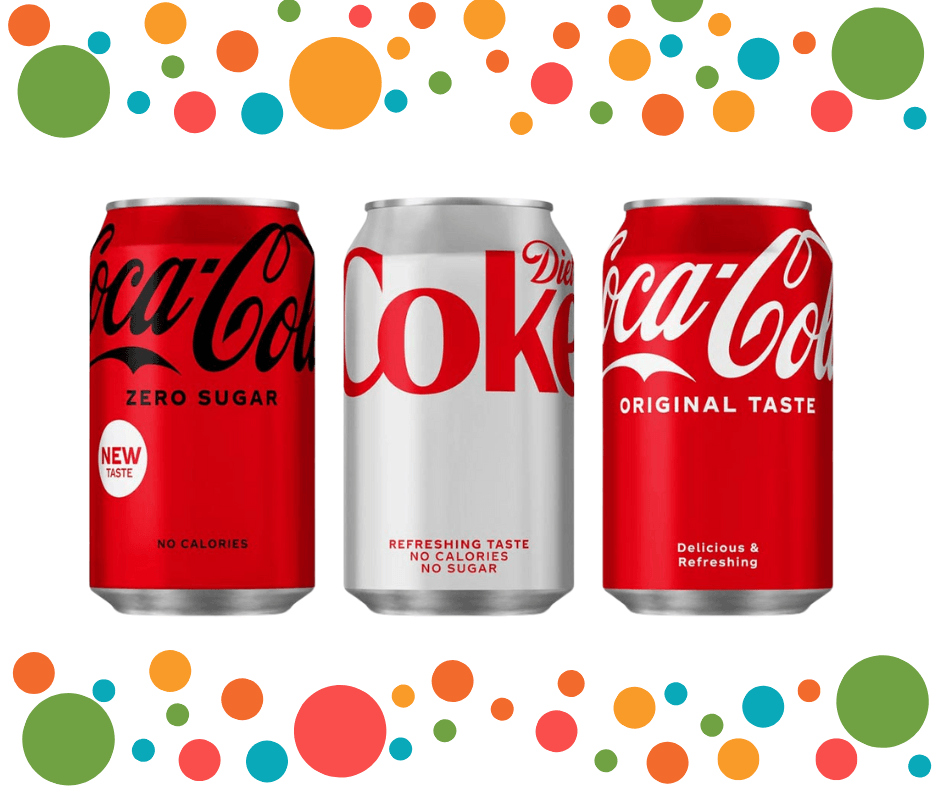
Coca-Cola is a globally recognised brand that has utilised effective packaging design to create a strong brand identity. The brand’s classic red and white colour scheme, unique bottle shape, and iconic logo contributed to its success. Coca-Cola’s packaging design is instantly recognisable and has helped the brand become one of the most well-known in the world.
Walkers
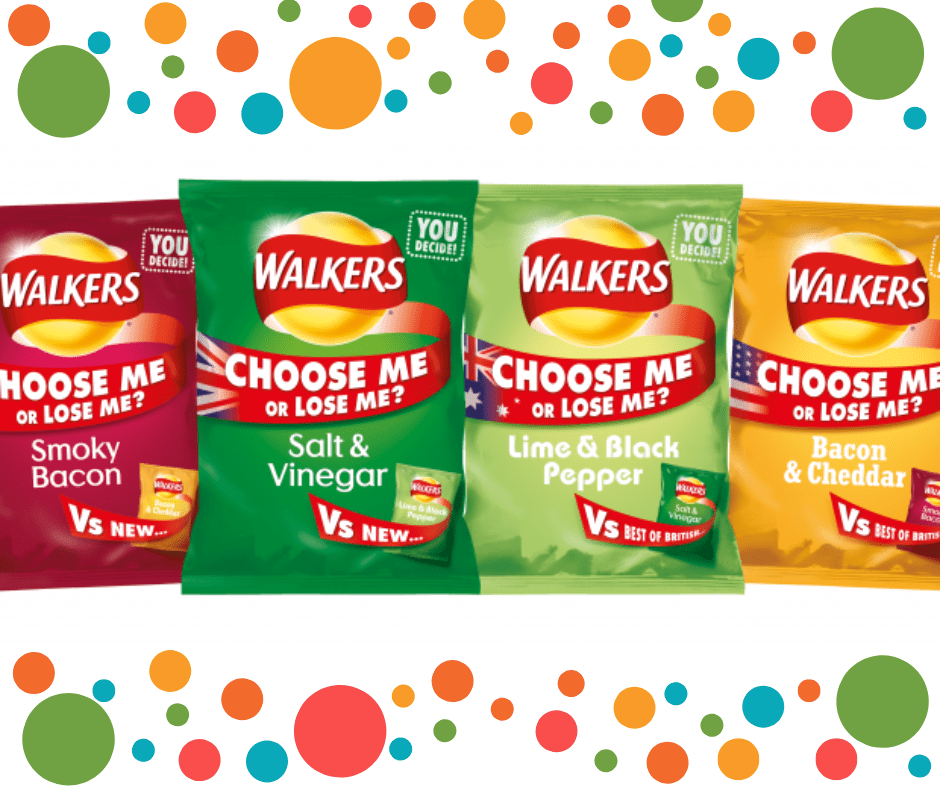
Walkers, a UK-based snack company, has used innovative packaging design to increase sales and differentiate its products from competitors. The brand’s packaging features a unique and eye-catching design that creates a sense of urgency and scarcity. By limiting the number of chips in each bag, Walkers has created a sense of value and encouraged consumers to purchase more bags.
Hershey’s
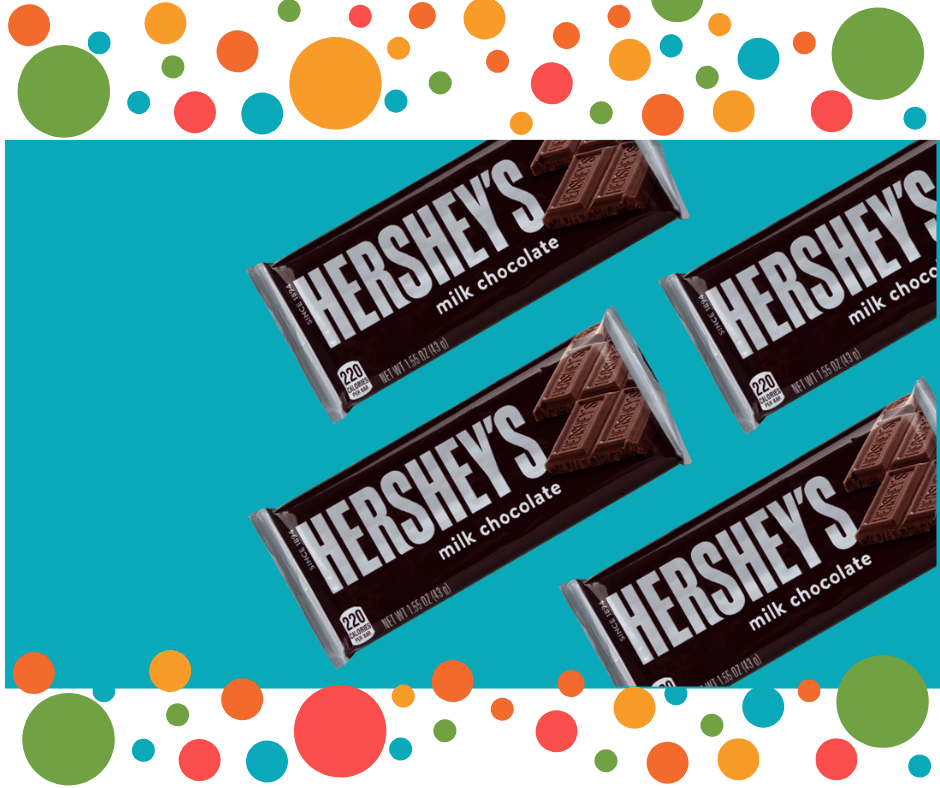
Hershey’s, a US-based chocolate company, has used effective packaging design to create a strong emotional connection with consumers. The brand’s packaging features a classic design with Hershey’s logo and iconic chocolate bars. Using consistent branding across all its products, Hershey’s has created a sense of familiarity and trust with consumers.
Tiger Beer
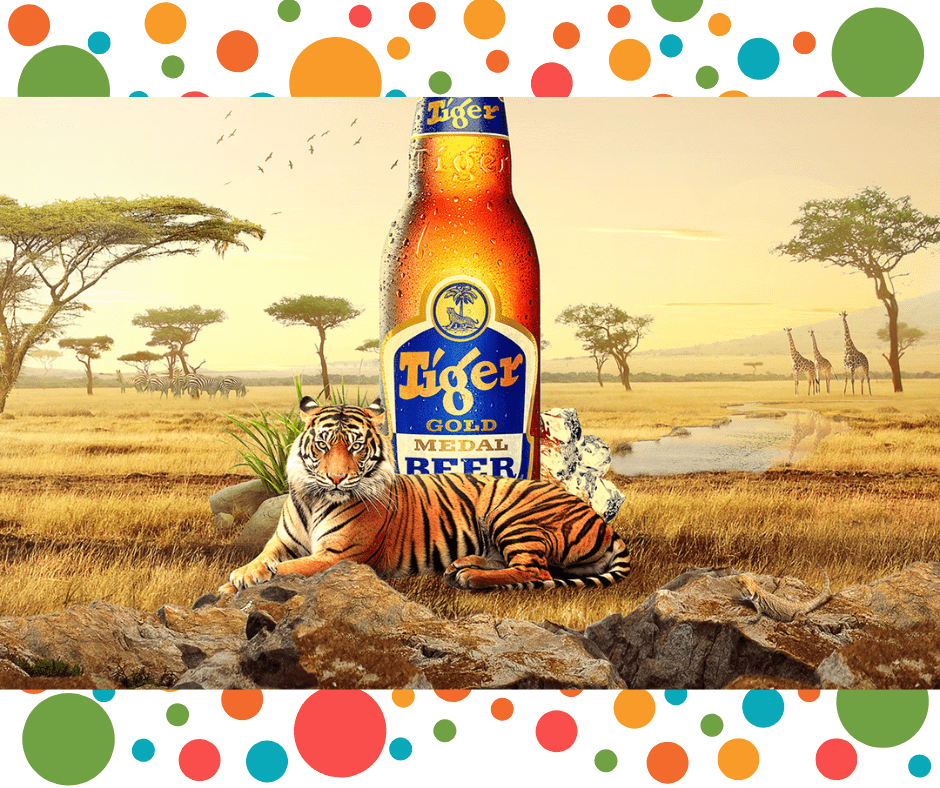
Tiger Beer is a popular Singaporean beer brand that has used innovative packaging design to differentiate its products and create a strong brand identity. In 2015, the brand launched a limited edition bottle design featuring a distinctive textured surface inspired by the brand’s tiger logo. The bottle design was created using a high-tech printing process that applied a layer of texture to the glass, giving the bottles a unique and eye-catching look and feel.
The limited edition bottles were a huge success, and the brand saw a 20% increase in sales during the campaign. The unique packaging design was highly shareable on social media, and the brand generated buzz and excitement among consumers.
The success of Tiger Beer’s limited edition bottle design highlights the power of innovative and eye-catching packaging design in driving sales and creating a strong brand identity. By utilising new technologies and creative design, Tiger Beer was able to differentiate its products and develop a sense of value and excitement among consumers.
KitKat

KitKat, a popular chocolate brand in Japan, has used innovative packaging design to create a strong brand identity and differentiate its products from competitors. KitKat has become known in Japan for its unique and creative flavours, with more than 300 varieties on the market. The brand has leveraged this diversity of flavours to create packaging that is both eye-catching and highly shareable on social media.
One example of KitKat’s innovative packaging design is its “Sakura Matcha” flavour, which features a beautiful and intricate design inspired by cherry blossoms. The packaging design is highly detailed and incorporates traditional Japanese design elements, making it stand out among other snack products on the market.
Another example of KitKat’s packaging design is its “Sublime Bitter” flavour, which features a minimalist and sleek design that reflects the brand’s focus on quality ingredients and craftsmanship. The packaging design is simple but elegant, communicating the high-end nature of the product.
Goldilocks

Goldilocks is a popular bakery chain in the Philippines that has used effective packaging design to create a strong brand identity and increase sales. The brand’s packaging is instantly recognisable, featuring the iconic Goldilocks logo and bright, colourful designs that evoke a sense of nostalgia and comfort.
One example of Goldilocks’ effective packaging design is its “Polvoron” product, a type of crumbly shortbread popular in the Philippines. The product is packaged in a brightly coloured box with a clear plastic window that allows consumers to see the product inside. The packaging design is simple but effective, communicating the quality of the product and creating a sense of excitement and anticipation for the consumer.
Another example of Goldilocks’ effective packaging design is its “Mamon” product, a sponge cake popular in the Philippines. The product is packaged in a clear plastic container with a simple label with the Goldilocks logo and product name. The packaging design is minimalist but impactful, allowing the product to speak for itself and creating a sense of freshness and quality.
Paper Boat

Paper Boat is a popular Indian brand that produces traditional beverages using local ingredients and flavours. The brand has used effective packaging design to create a strong brand identity and differentiate its products from competitors.
One example of Paper Boat’s effective packaging design is its “Aam Panna” product, a traditional Indian beverage made from raw mangoes. The product is packaged in a distinctive, cylindrical-shaped Tetra Pak container that is both eco-friendly and visually appealing. The container is decorated with colourful illustrations that evoke a sense of traditional Indian culture and heritage, making the product stand out on store shelves.
Another example of Paper Boat’s effective packaging design is its “Kokum” product, a popular Indian beverage made from the fruit of the kokum tree. The product is packaged in a small, square-shaped Tetra Pak container that is easy to carry and consume on the go. The container is decorated with vibrant illustrations that reflect the fruit’s deep purple colour and the brand’s focus on using natural ingredients.
Teh Botol Sosro
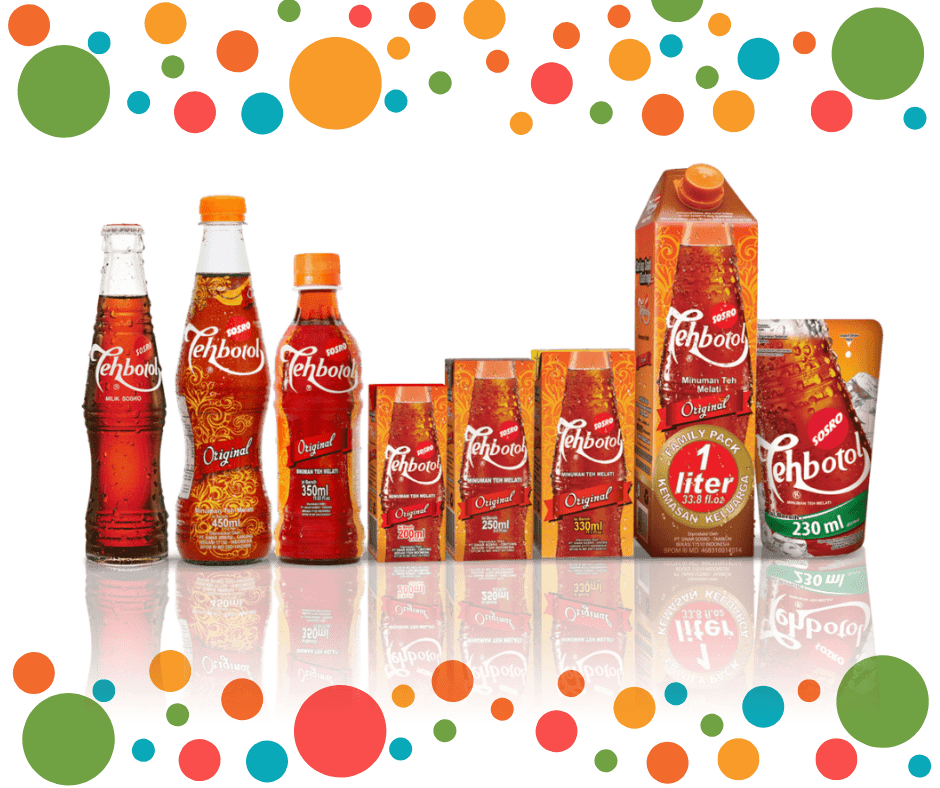
Teh Botol Sosro is a popular Indonesian tea brand that has used effective packaging design to create a strong brand identity and increase sales. The brand’s flagship product is a sweet, bottled tea that is sold throughout Indonesia and in other countries around the world.
One example of Teh Botol Sosro’s effective packaging design is its “Jasmine Tea” product, which features a distinctive, tall bottle with a clear label that prominently features the brand’s logo and product name. The bottle design is simple but impactful, communicating the quality and freshness of the product.
Another example of Teh Botol Sosro’s effective packaging design is its “Ice Tea” product, which is sold in a small, square-shaped bottle with a bright and colourful label. The packaging design is eye-catching and visually appealing, creating a sense of excitement and anticipation for the consumer.
These case studies demonstrate the power of effective packaging design in creating a strong brand identity, differentiating products from competitors, and driving sales. By utilising elements like colour, typography, imagery, and structure, global brands have created packaging that stands out and makes a lasting impression on consumers.
Packaging Design and Sustainability
As environmental concerns continue to grow, the importance of sustainability in packaging design for food and beverage products is becoming increasingly apparent. Sustainable packaging has been designed with environmental considerations in mind, using materials and production methods that minimise environmental impact.
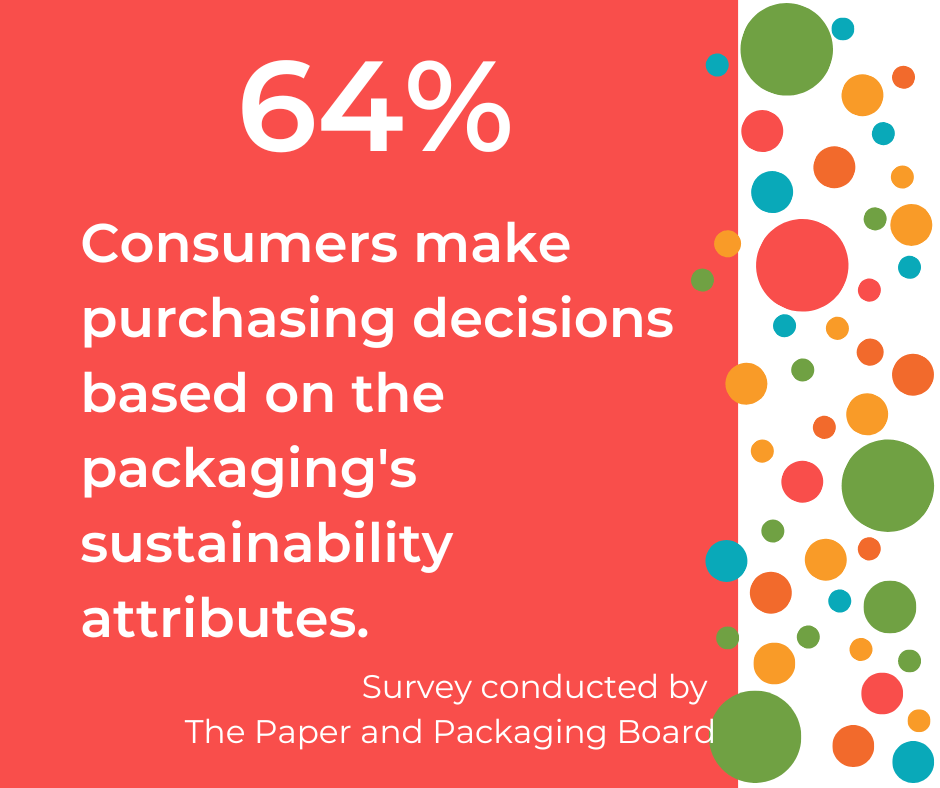
Sustainable packaging can benefit both the environment and a brand’s reputation. By using sustainable packaging, brands can reduce their carbon footprint, minimise waste, and help preserve natural resources. Sustainable packaging can also improve a brand’s reputation among environmentally conscious consumers, who are increasingly seeking out eco-friendly products and packaging.
There are many ways that brands can incorporate sustainable packaging into their product lines. Some examples of sustainable packaging include:
- Biodegradable or compostable packaging made from natural materials like plant fibres or starches
- Recyclable packaging made from materials like paper, glass, or aluminium
- Lightweight packaging that reduces the amount of material needed to produce each unit
- Reusable packaging that can be returned and refilled or repurposed
By using sustainable packaging, brands can benefit the environment and attract and retain environmentally conscious consumers. In a competitive marketplace, sustainable packaging can be a critical differentiator that sets a brand apart and creates a strong brand identity.
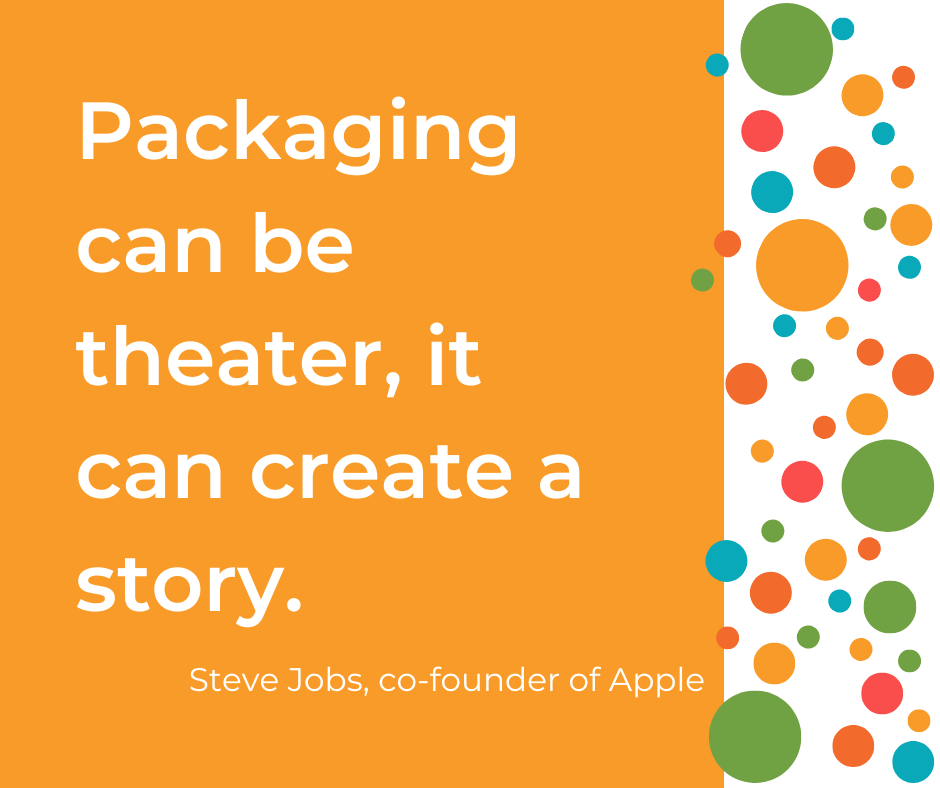
Key Takeaways
Packaging design is an essential component of the food and beverage industry. It can impact consumer behaviour and purchasing decisions, differentiate products from competitors, and increase sales. In this blog post, we’ve covered several important points for marketers and researchers to keep in mind when developing packaging for their products:
- Effective packaging design is crucial for the success of a brand in the food and beverage industry. It can influence consumer behaviour and purchasing decisions.
- The main elements of effective packaging design include colour, typography, imagery, and structure.
- Real-life case studies from global brands have demonstrated the power of effective packaging design in creating a strong brand identity, differentiating products from competitors, and increasing sales.
- Sustainable packaging is becoming increasingly important in the food and beverage industry. Brands can benefit the environment and their reputation by using sustainable packaging.
To ensure that packaging design is effective and sustainable, brands should consider incorporating the following elements into their packaging strategies:
- Utilise eye-catching designs that resonate with consumers and reflect the brand’s values and personality.
- Differentiate products from competitors through unique packaging shapes, textures, and materials.
- Incorporate sustainability into packaging design using biodegradable or compostable materials, recyclable packaging, lightweight packaging, and reusable packaging.
As marketers and researchers in the food and beverage industry, it’s crucial to remember these points when designing and developing packaging for new products. By creating effective and sustainable packaging, brands can differentiate themselves, attract and retain environmentally conscious consumers, and ultimately drive sales and grow their businesses.



